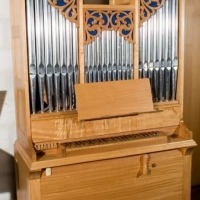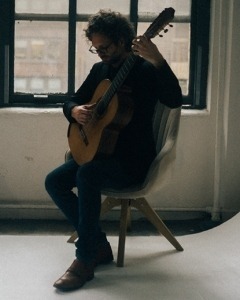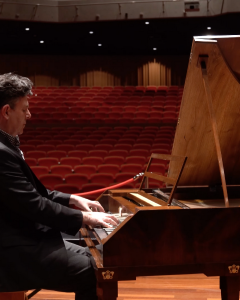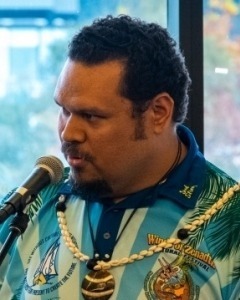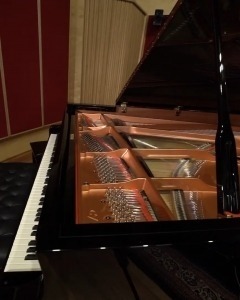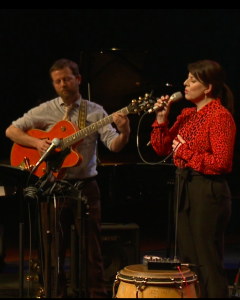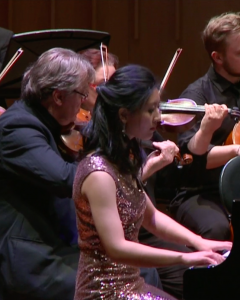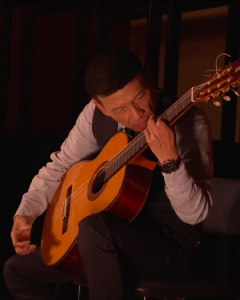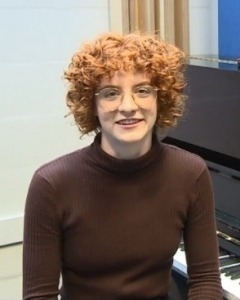Sharp Chamber Organ
Provenance
Chamber Organ
Ronald Sharp (Sydney, 1983)
Instrument
Collection
Small chamber organs developed from the 16th century Rückpositiv, the division of the large church organ with its pipework encased behind the organist’s back suspended on the edge of the organ gallery. The Rückpositiv was always controlled from the lower keyboard of these large organs.
This single-keyboard organ of seven and a half ranks is contained in classical-style casework with carved pipe shades. Historically, wind for small organs like this would be pumped by the player’s foot, but today an internal electric blower is used.
Ronald Sharp (1929-2021) was one of the first organ makers in Australia to be working in Neo-baroque style. He achieved renown as the maker of the Sydney Opera House Concert Hall organ, with its five manuals and one-hundred-and-thirty-one ranks, the largest mechanical action organ in the world.
The specification is as follows:
Gedackt 8´
Rohrflöte 4´
Prinzipal 2´
Quint 1-1/3´
Scharff II
Nasat 2-2/3´ (from middle c´)
Terz 1-3/5´
This instrument was commissioned by the Canberra School of Music, and entered the collection of the ANU Keyboard Institute in 2005.
Pitch: A440






